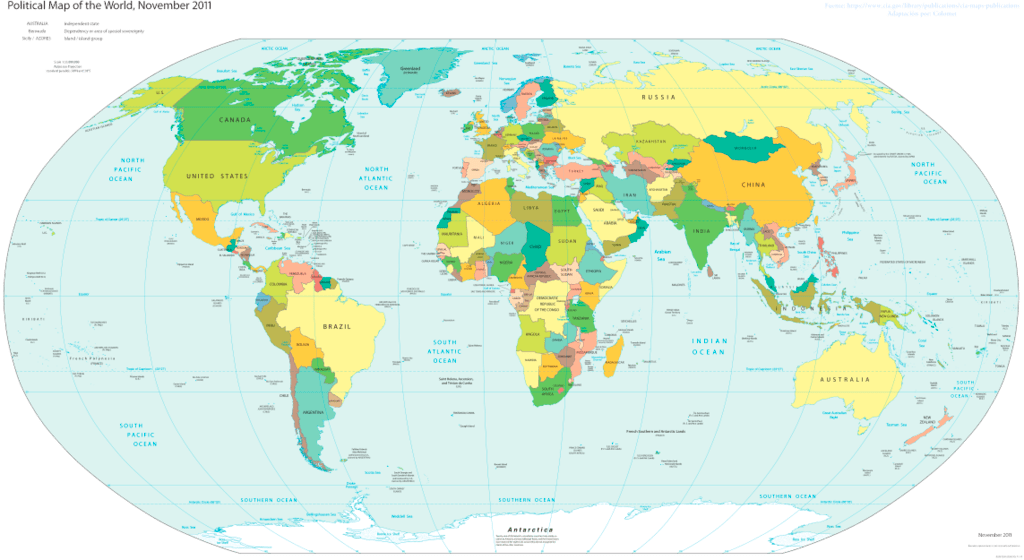A country is an area of land controlled by its own government, while a republic refers to a governing system without a monarchy or aristocracy, where the supreme power is held by the people. In a republic, the leader, or president, is elected through an election process. Some countries in the world are republics, but others are not.
Key Takeaways
- A republic is a form of government, while a country is a geographical and political entity.
- In a republic, there is no monarchy or hereditary aristocracy, and the head of the state is usually an elected president.
- Not all countries are republics; some are constitutional monarchies or absolute monarchies.
What is a Republic?
A republic is a form of government where the supreme authority or power of the state is held by the people and their elected representatives. The public has the right to vote and elect representatives to exercise power on their behalf. The government of the state is thus created by these elected representatives and the public. There is no monarchy or hereditary aristocracy in a republic. The head of the state, who is also elected by the people, is usually the president. However, this might vary with each state’s political system. The United States of America, India, China, and North Korea are some countries that are considered as republics.
Countries that have kings and queens but still have free elections are called constitutional monarchies. These are similar to republics since the constitution has been amended to remove power from the monarchy. The United Kingdom is an example of a constitutional monarchy.
What is a Country?
A country is an area of land that is controlled by its own government. The term country refers to a geographical and political entity. A country may be an independent sovereign state or a territory occupied by another state as a non-sovereign or formerly sovereign political division. Most countries in the world are sovereign states. India, Russia, China, France, the United States of America, and the United Kingdom are some examples of countries. It is typically considered that there are 195 countries in the world.
Various countries in the world are governed by various governing systems. Some countries are republics, while some are constitutional monarchies. There are also absolute monarchies. For example:
- Constitutional monarchy – Australia, Belgium, Canada, Denmark
- Republic – India, China, France, Greece, Iraq, Iran
- Absolute monarchy – Qatar, Oman, Saudi Arabia
What is the Relationship Between Republic and Country?
Some countries in the world are republics, but not all countries in the world are a republic. For example, India is a country as well as a republic. Although Denmark is a country, it is not a republic.
What is the Difference Between Republic and Country?
- Republic is a form of government where the supreme power of the state is held by the people and their elected representatives, while a country is an area of land that is controlled by its own government.
- Republic is a form of government, whereas a country is a geographical territory with its own government.
Summary – Republic vs Country
A country is an area of land controlled by its own government, while a republic is a form of government. Republic is a governing system, whereas a country is a geographical and political concept. This is the difference between a republic and a country.
